Released in late May, the OnePlus 6 is the latest dual camera-equipped smartphone from Chinese brand OnePlus. It is a premium model featuring a large 6.28-in AMOLED edge-to-edge display and powered by a Qualcomm Snapdragon 845 chipset.
The OnePlus 6’s main camera has a 16MP 1/2.6”-type sensor that is combined with a stabilized f/1.7 lens. The secondary camera is used for applying depth-of-field effects and an improved digital zoom. While it has a slightly higher-resolution 20MP sensor, it has the same f/1.7-aperture lens as the main camera (but not stabilization).
Other camera features include phase-detection autofocus, a twin LED flash, and RAW image capture. In video mode, the OnePlus 6 can capture 4K footage at 30/60fps as well as 1080p clips at up to 240 fps in super-slow-motion mode — but as usual, we test video using the default settings, which in the case of the OnePlus 6 is 1080p at 30 fps.
Please note that all tests were performed on a OnePlus 6 with Oxygen OS 5.1.9 which was released to the public on July 17th.
Key camera specifications:
- Dual-camera setup
- 16Mp main camera with 1/2.6″ sensor, f/1.7-aperture lens, and optical image stabilization
- 20 Mp secondary camera with f/1.7-aperture lens
- Phase-detection autofocus (PDAF)
- Twin LED flash
- 4K video at 30/60 fps
- 6.28-inch AMOLED edge-to-edge display
About DxOMark Mobile tests: For scoring and analysis in our smartphone camera reviews, DxOMark engineers capture and evaluate over 1500 test images and more than 2 hours of video both in controlled lab environments and in natural indoor and outdoor scenes, using the camera’s default settings. This article is designed to highlight the most important results of our testing. For more information about the DxOMark Mobile test protocol, click here. More details on how we score smartphone cameras are available here.
Test summary
The OnePlus 6 rear-facing dual camera achieves an overall DxOMark score of 96 points, placing it among some of the better-performing devices that we’ve put through our tests, such as the Apple iPhone X, the Samsung Galaxy S9 Plus, and the Google Pixel 2.
A good deal of this achievement is due to its strong still-image capabilities, which resulted in a very high Photo score of 100 points. The OnePlus 6 does particularly well in categories such as autofocus, color, and exposure, while also maintaining a well-balanced approach to detail retention and noise levels. Bokeh and zoom performance lag a little behind devices with a dedicated tele-lens, however.
As with stills, the OnePlus 6 puts in a spirited performance in video mode, proving that it can compete with some of the biggest and best-known names in the industry. Its overall Video score of 87 points and good performance in many key areas make it good all-round choice for a premium device, especially when budget is a concern.
In our tests, the OnePlus 6 delivers well-exposed images in bright-light conditions and has generally good control of high-dynamic scenes, but in some of the more high-contrast images, it doesn’t always retain fine detail in the more extreme shadow and highlight regions. White balance is generally good and reasonably accurate, though a pink cast can be noticeable outdoors. Autofocus works swiftly and accurately, delivering sharp images with good levels of detail in all conditions.
Other potential drawbacks revealed during extensive testing included noise in areas of uniform color, such as blue skies, strong flare, and occasional ghosting in some outdoor scenes. However, none of these are particularly concerning.
Under low-light conditions and indoors, the OnePlus 6 performs very well, on par for the most part with more expensive rivals, though targets are slightly underexposed in very low light (5 lux). Color rendering in our indoor tests was very good, too. Not only did the OnePlus 6 deliver pleasant-looking colors under various light sources, but the auto white balance was accurate as well, with the OnePlus 6 producing neutral colors with no pink casts visible in bright light.
Photo scores explained
With a total Photo score of 100 points, the OnePlus 6 achieves one of the better scores for still images in our testing to date. The overall Photo score is calculated from sub-scores in tests that examine different aspects of its performance under different lighting conditions. In this section, we’ll take a closer look at these image quality sub-scores.

Exposure and Contrast
OnePlus 6
89
This is a very good score for this category, with particularly good results when capturing images outdoors or in bright lighting. Exposure is very accurate in bright light, and still very good in low light and under various artificial light sources. In HDR mode, the OnePlus 6 camera has very good dynamic range, but in very high-contrast scenes, some of the fine details aren’t preserved in the darkest and lightest areas of the image.
The OnePlus 6 does a good job of exposing the subject accurately in tricky back-lit scenes, but the majority of bright areas in the background are clipped and thus without detail. The camera also achieves very acceptable results for static scenes in very low light (1 lux), albeit recording a slightly underexposed image (below right). In these extreme conditions (the equivalent of candlelight), the OnePlus 6 is still a very credible performer.

Color
OnePlus 6
83
In all outdoor and indoor lighting conditions, the OnePlus 6 delivers highly engaging, bright images with vivid colors, though the auto white balance has a tendency to introduce a pink cast in outdoor daylight scenes. This cast is visible in all outdoor scenes and is noticeable in images that contain large single-color regions or white areas. In our indoor testing, this cast wasn’t visible at all, with the auto white balance delivering neutral colors.
In common with some other camera modules used in super-thin premium devices like this, a bit of color shading is noticeable both outdoors and under low-light conditions.
The autofocus system performs very well in all lighting conditions, resulting in an outstanding autofocus score of 100 points. The OnePlus 6 is one of the two best-performing models in the current crop of premium devices in our database. Autofocus is very fast and accurate, and produces repeatable results in all lighting conditions. The OnePlus 6 is not only very quick, it also delivers high sharpness in bright-light conditions. As you can see in the graph below, autofocus results are consistently accurate.
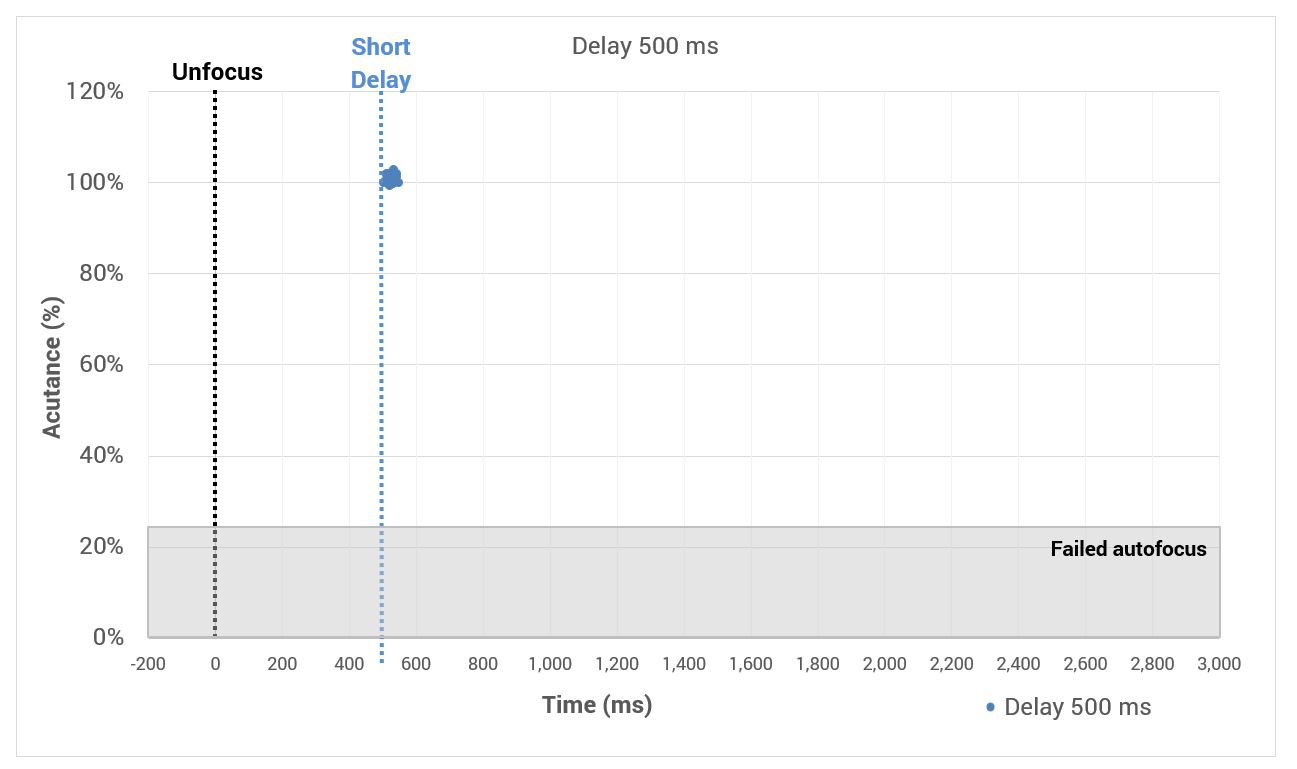
The OnePlus 6 achieves a good score for texture, and in good light captures very similar levels of detail as the Apple iPhone X and the Samsung Galaxy S9 Plus in the comparison below. It also performs very well in the low-light comparison at 20 lux, but detail starts to suffer at lower light levels.
Noise reduction strategies employed in the OnePlus 6 result in a good set of scores for texture and detail retention in all lighting conditions. Image processing adopts a good balance between the two, and the device’s result for texture is an improvement over that for such decent performers as the Google Pixel 2, the Samsung Galaxy S9 Plus, and the Apple iPhone X, as you can see in the graph below.
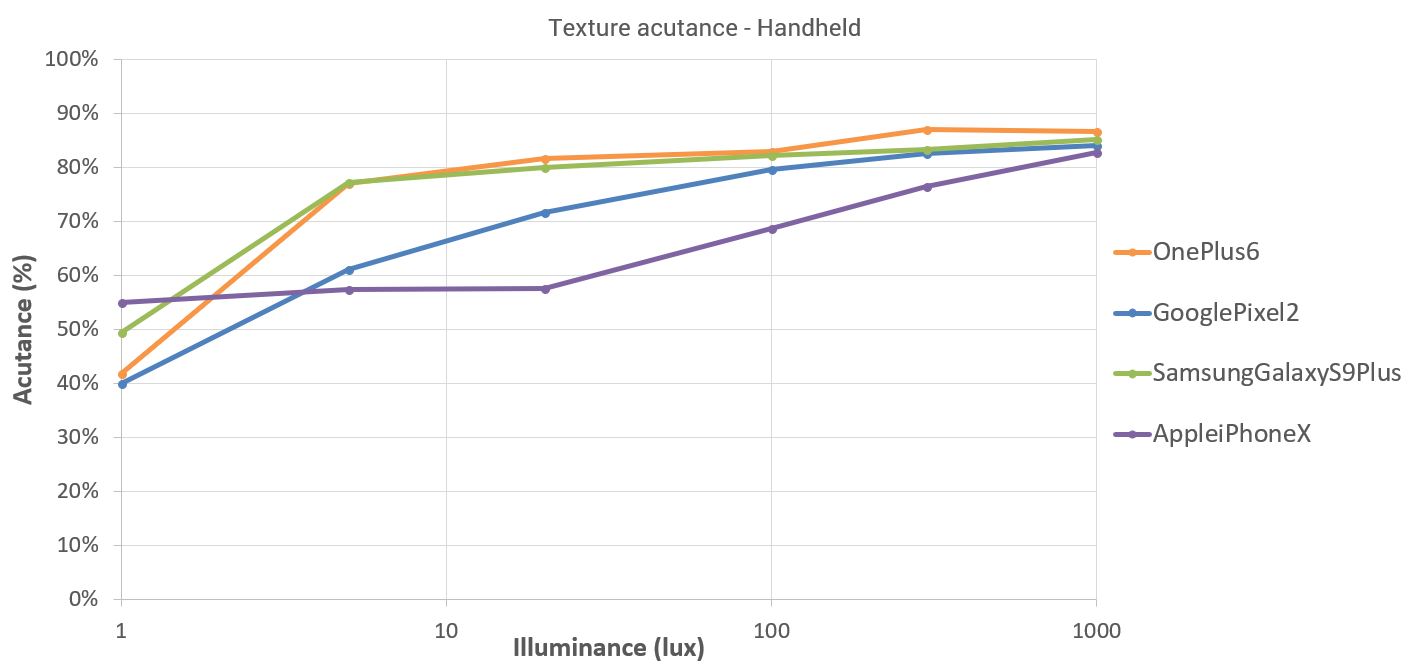

Noise
OnePlus 6
68
Indoors at 100 lux and under low light at 20 lux, the OnePlus 6 offers a good balance between noise levels and texture retention. Images show some noise, but the processing puts a little more emphasis on retaining detail. Our OnePlus 6 test shot at 100 lux is a touch cleaner than the iPhone X’s, but not quite as smooth as the Samsung Galaxy S9 Plus’s. There is a little more visible noise at 20 lux, but overall, the approach to noise reduction is the same as in brighter light.
In general, the OnePlus 6 has kept the majority of unwanted artifacts under control. Images have excellent sharpness, low vignetting, and low chromatic aberration across the image field, with only some slight softness noticeable in the corners. With such exposed camera modules, however, it’s difficult for makers to prevent flare, but the OnePlus 6 is particularly susceptible in strongly back-lit scenes. On a separate note, a noise pattern corresponding to vertical striping is visible in most images with large expanses of uniform color. Expect also to see some ringing from slight over-sharpening and other processing effects along high-contrast edges.
With its dual LED flash, the OnePlus 6 achieves a high score and produces well-lit images with good subject exposure and neutral white balance, even with additional lighting (which can be the cause of inaccuracies). Images are fairly evenly illuminated and are mostly free of the heavily-darkened corners associated with images lit by a typical single LED flash unit. However, some luminance noise is visible upon inspection and texture can be on the low side.

Zoom
OnePlus 6
32
The OnePlus 6 achieves only an acceptable score for its zoom capabilities, mostly because both dual-cam lenses are the same focal length. The camera is still capable of capturing high levels of detail at close range (approximately 2x magnification), but higher magnifications are detrimental to texture and fine detail rendition when compared directly to the results for its rivals in our photos below. You can see what we mean if you click through to the full version of the medium-range shot of the bridge below (approximately 3-5x magnification).

Bokeh
OnePlus 6
45
The OnePlus 6 achieves a good score for bokeh. The blurring effect looks quite pleasing, but is applied only to the background instead of including the foreground, as some direct rivals do. On closer inspection, however, the background blurring is a little abrupt, and some masking inaccuracies is apparent where the blurring isn’t applied around certain details. Nevertheless, the effect can look realistic. The OnePlus 6 bokeh mode is particularly good at rendering round and evenly-contrasted specular highlights (when visible in the frame). This said, the lack of a longer focal length for the secondary camera is a drawback for portrait mode, as a short focal length is not always the easiest to use and can cause perspective distortion.
Video scores explained
The OnePlus 6 achieves a very good Video score of 87 points, with strong individual scores for color, autofocus, and exposure. The overall score is derived from a number of sub-scores in the same way as the Photo score: Exposure (87), Color (88), Autofocus (90), Texture (42), Noise (70), Artifacts (66), and Stabilization (86).
The OnePlus 6’s Video performance isn’t quite at the level of its Photo capabilities, but it is comparable to the Apple iPhone X (89), even if it’s a little behind the Samsung Galaxy S9 Plus (91) and the Google Pixel 2 (96) used in our photo comparisons. Autofocus is fast even in changing lighting conditions; it has smooth tracking capabilities in outdoor and low-light conditions; and stabilization is quite efficient.
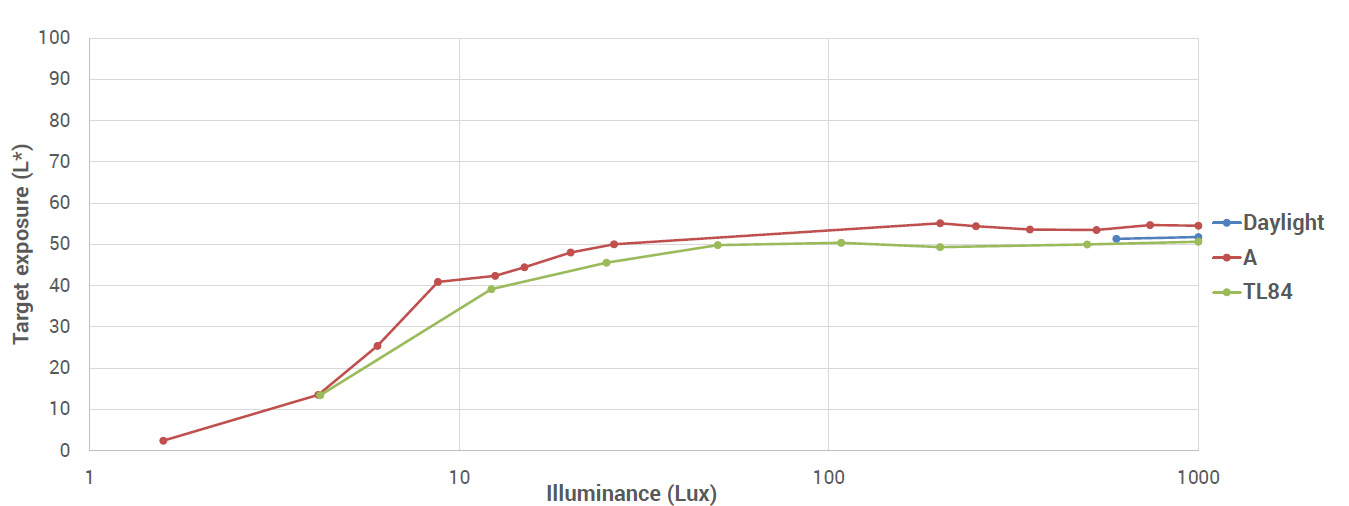
As with stills, the One Plus 6’s video has bright and vivid color, along with neutral white balance, in all lighting conditions. In addition, it has very good exposure accuracy, and the sensor’s dynamic range responds well to recording the brightest and darkest regions in high-contrast scenes. Even noise levels are generally well-controlled in low-light conditions.
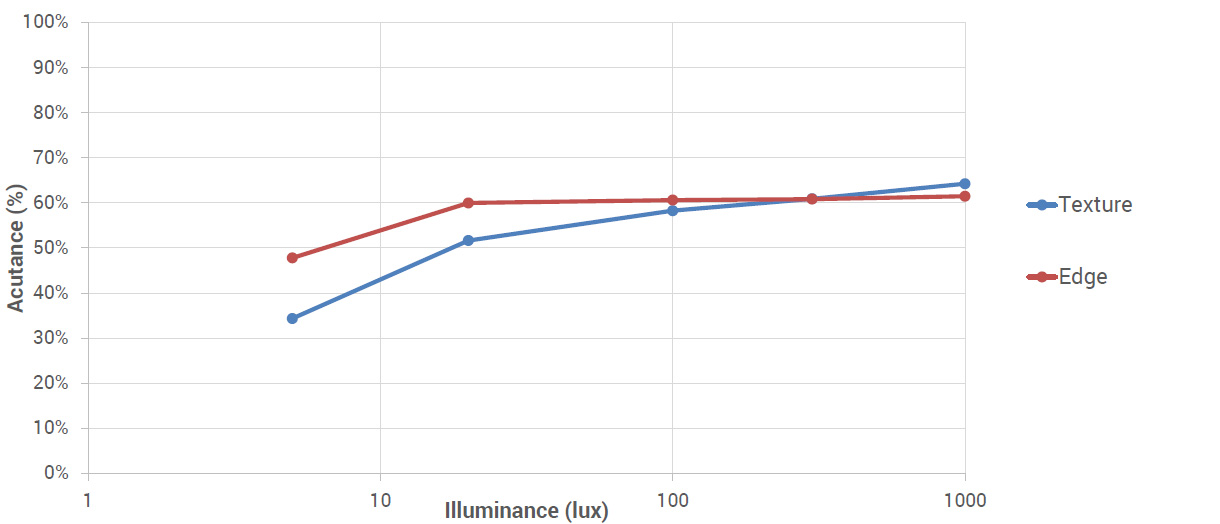
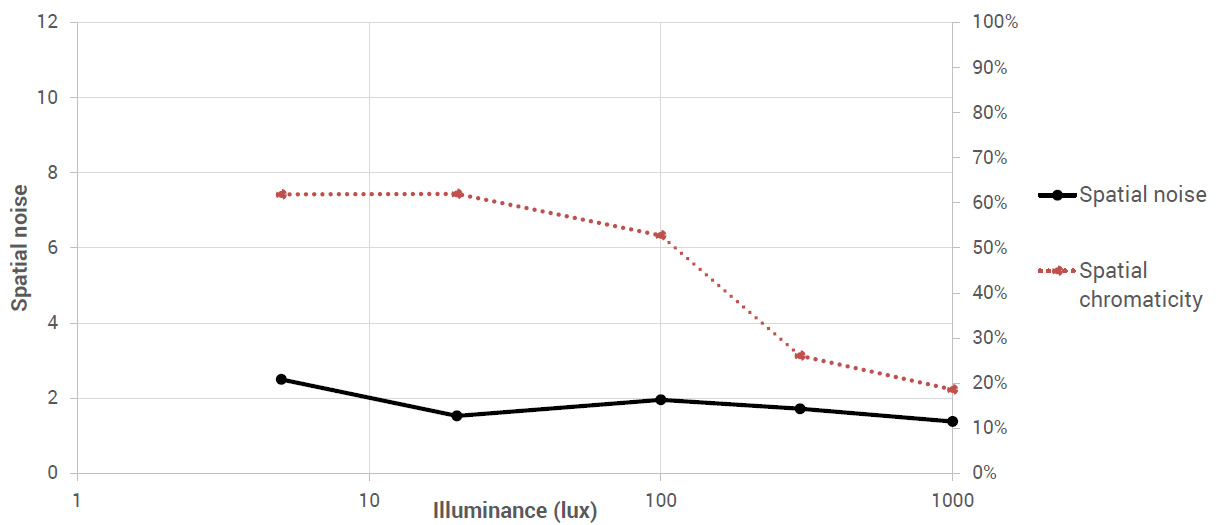
Negatives are few for video capture, but nonetheless include low detail preservation in the majority of lighting conditions, particularly in low light; but even in bright light, images show quite high levels of ringing from a combination of over-sharpening and other processing steps. There is also a slight loss of sharpness caused by exposure times that are too long.
Conclusion
With the OnePlus 6, the Chinese manufacturer has proven itself capable of producing a convincing premium-grade smartphone with some serious imaging capabilities that can compete with high-end models from more established brands. From our tests, the results from the dual-camera module are very good indeed, and on par with some of the biggest names in the industry, especially for still photography. (The OnePlus 6’s video is by no means bad, but if your focus is on moving images, better alternatives are available.) Best of all, the OnePlus 6 is priced significantly lower than rival premium devices, meaning that consumers no longer have to pay a high price for cutting-edge technology and high performance.


Pros
- Autofocus operation is very fast and accurate
- Colors are bright and vivid under various light sources
- Subject exposure is accurate and reliable
- Good balance between detail and noise
- Flash exposure and color are good
Pros
- Efficient stabilization
- Fast autofocus
- Neutral white balance
- Noise levels are low
- Details preserved in high-contrast scenes
Cons
- Noise is visible in uniform areas
- Pink cast is often visible outdoors
- Fine details sometimes lost in darkest and brightest areas
- Occasional blur inaccuracies in bokeh mode
Cons
- Loss of detail in various lighting conditions
- Strong ringing and over-sharpening
- Visible differences in sharpness between frames


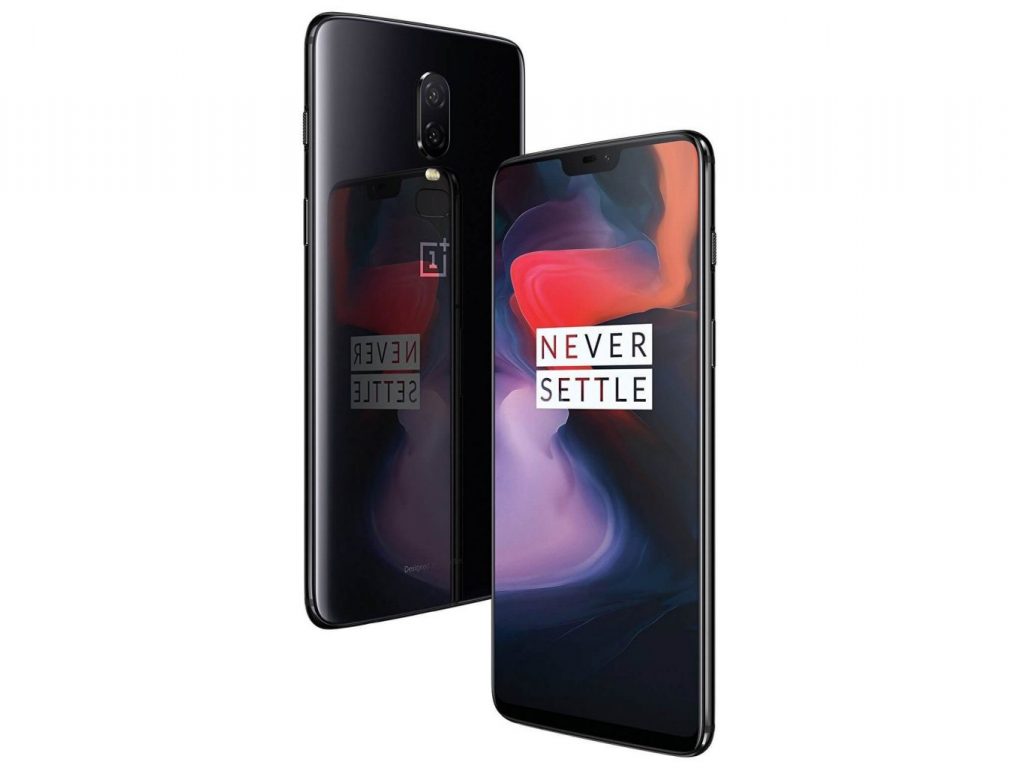

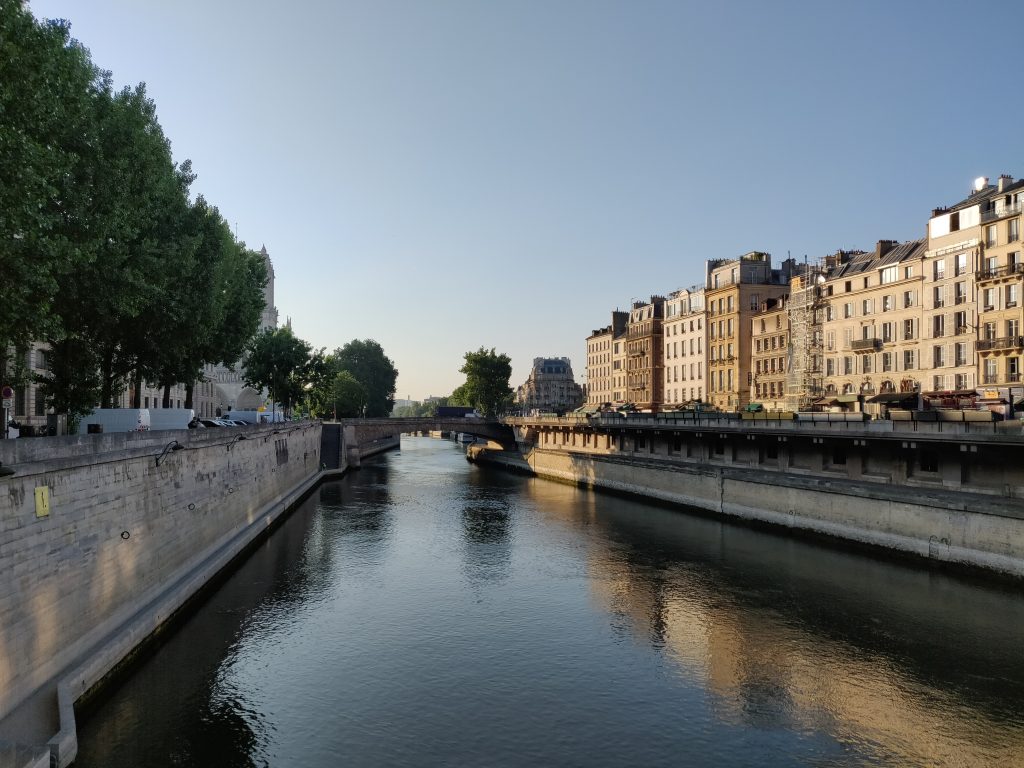
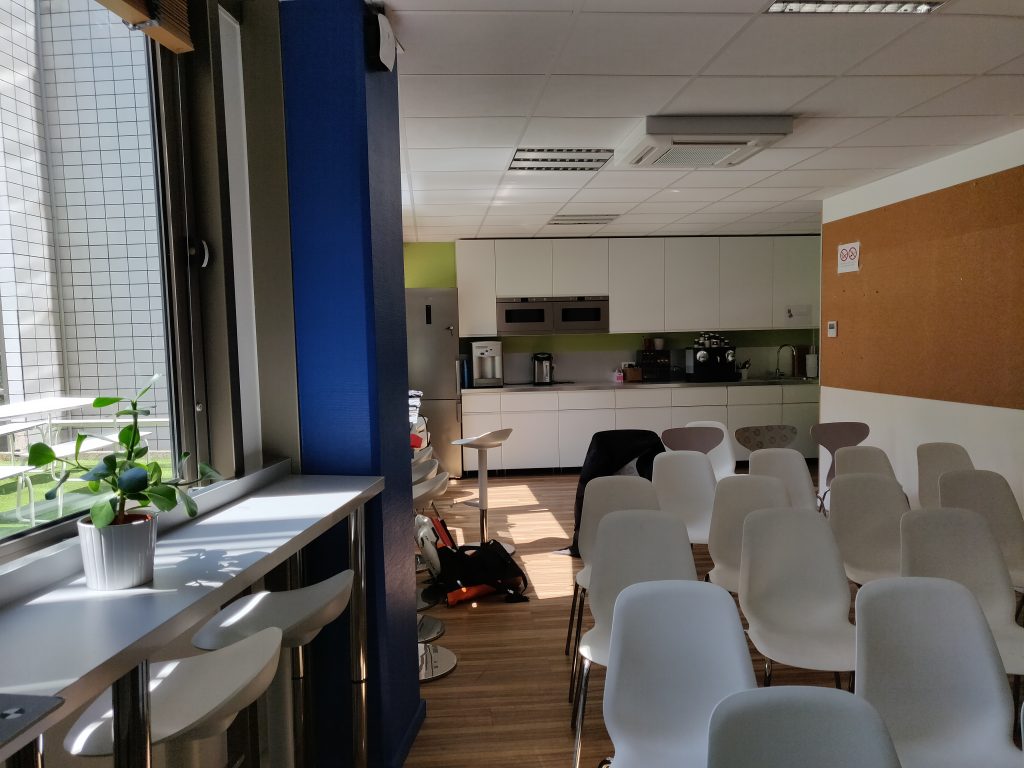

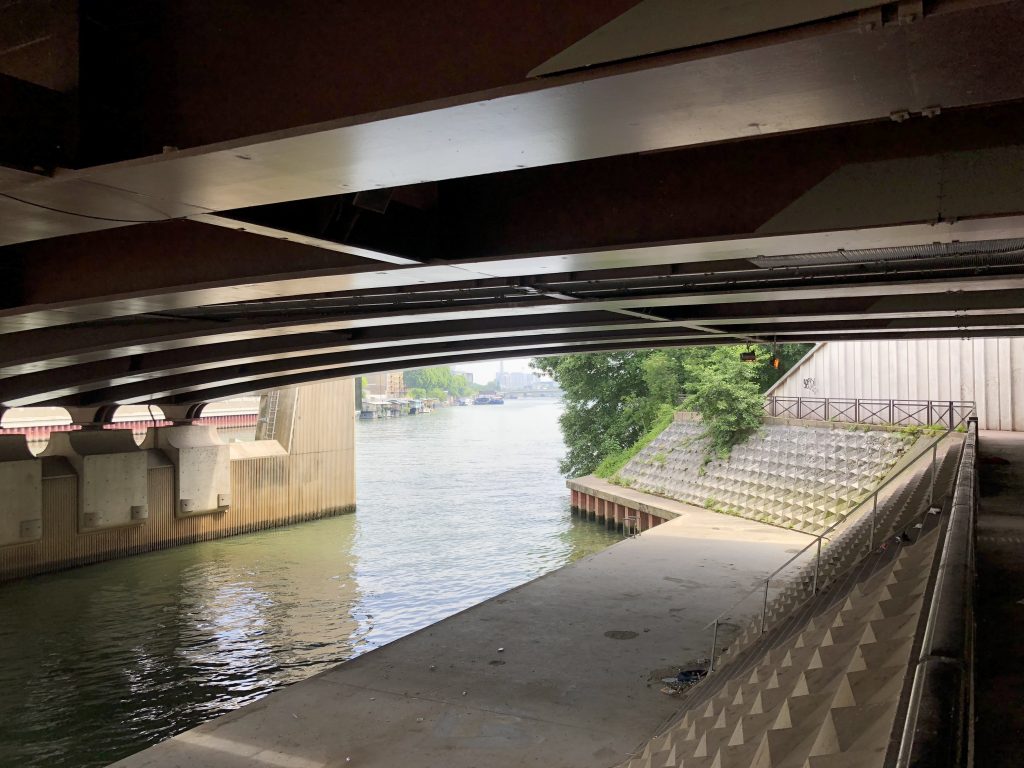



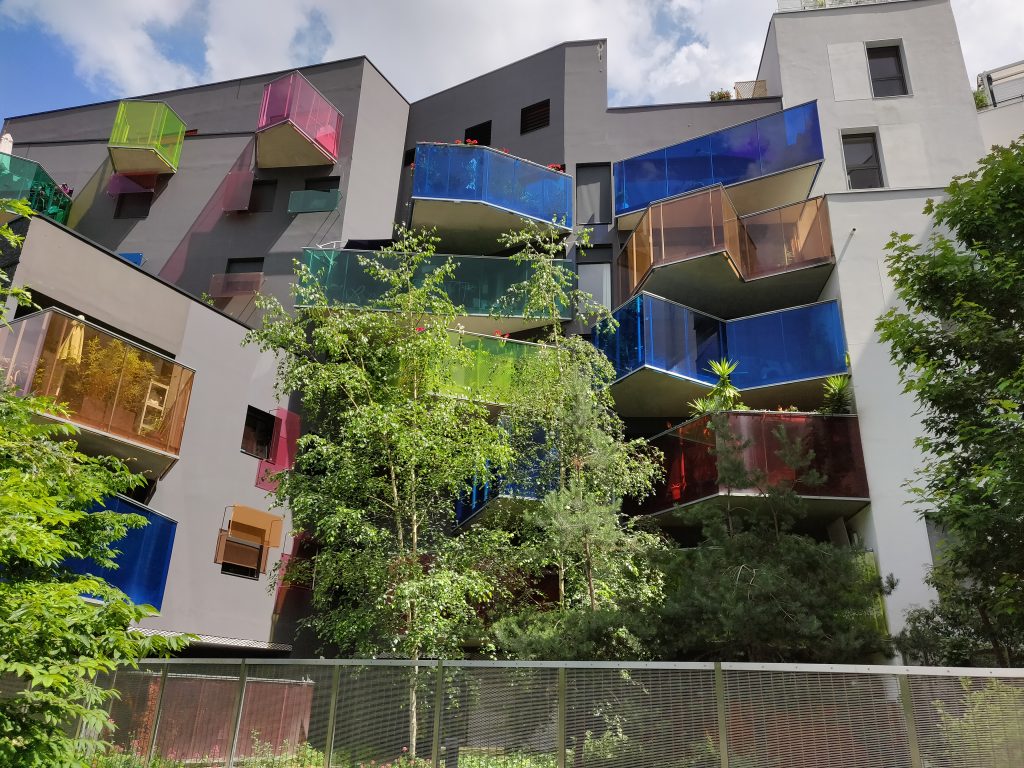
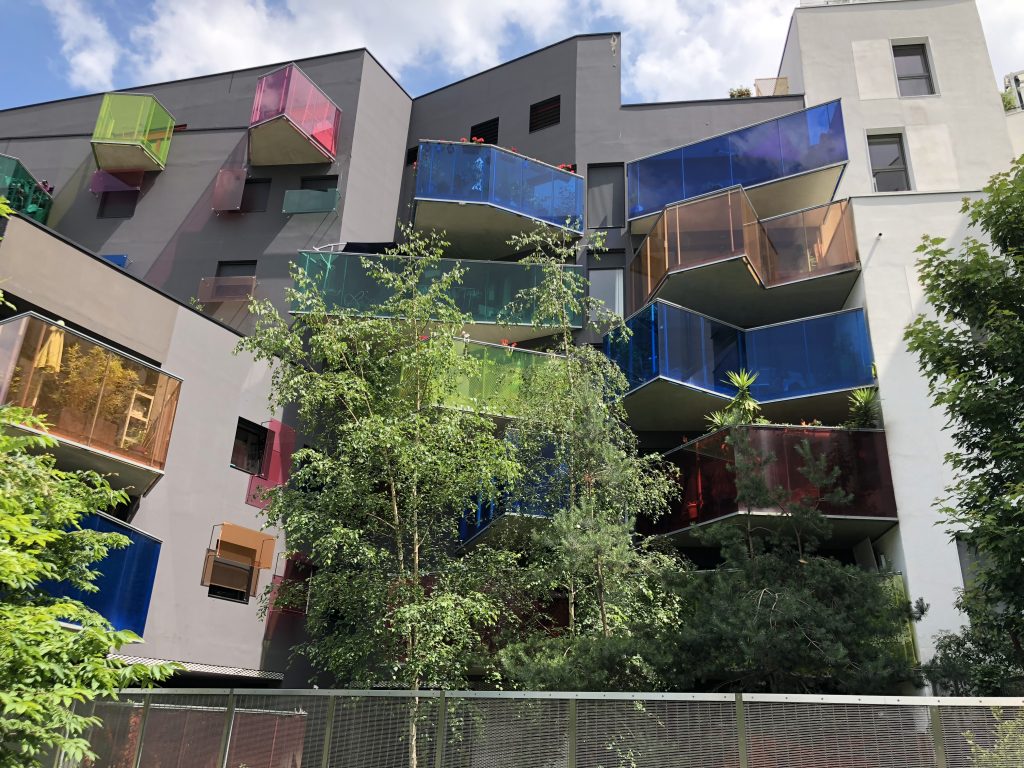
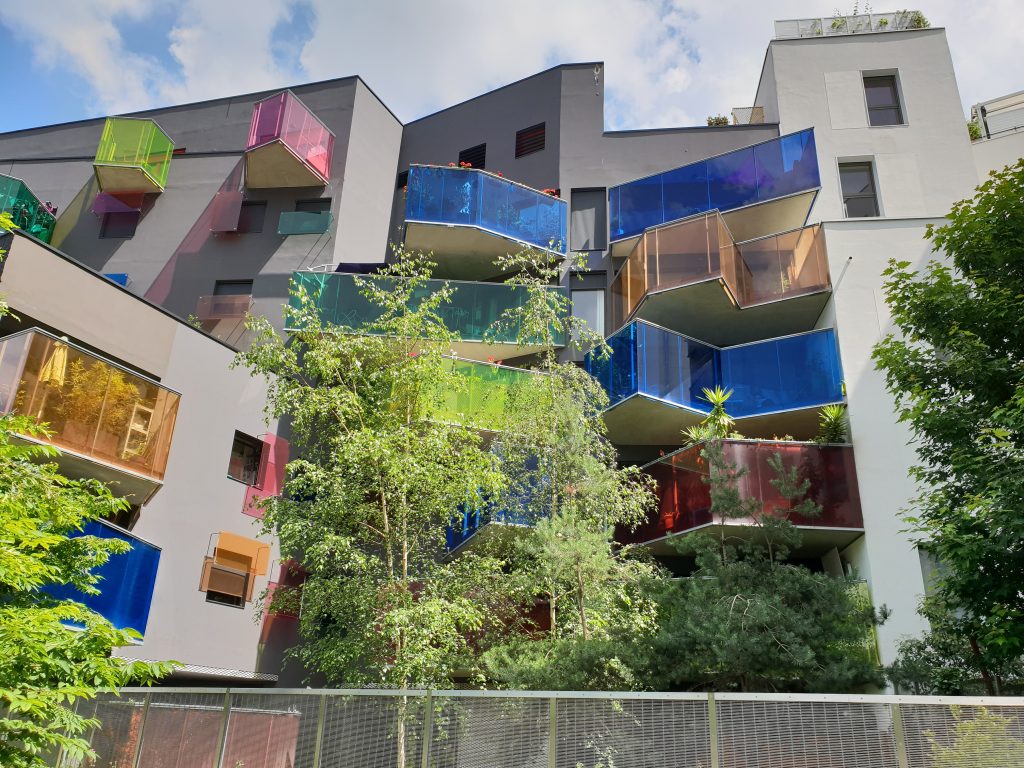
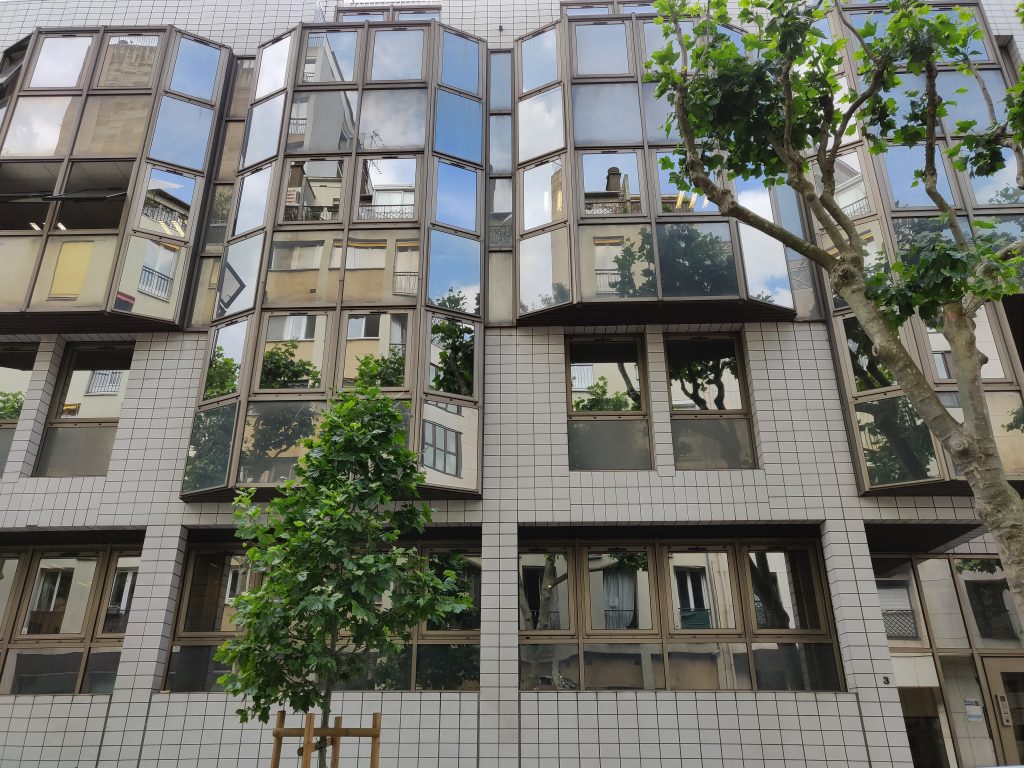















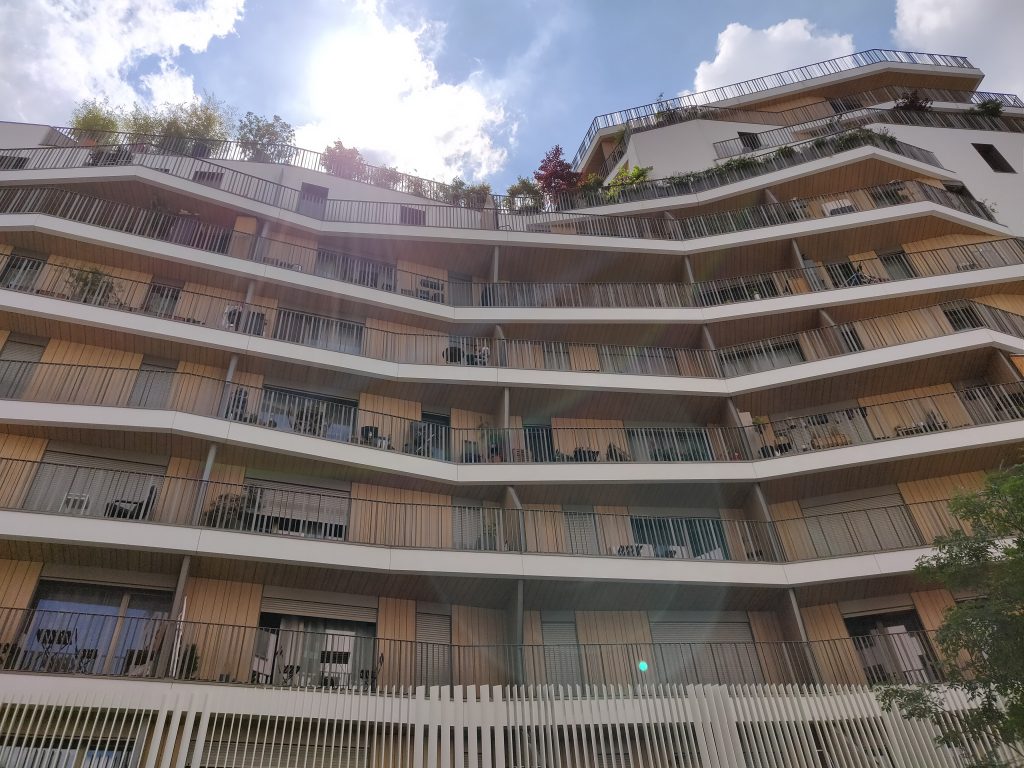




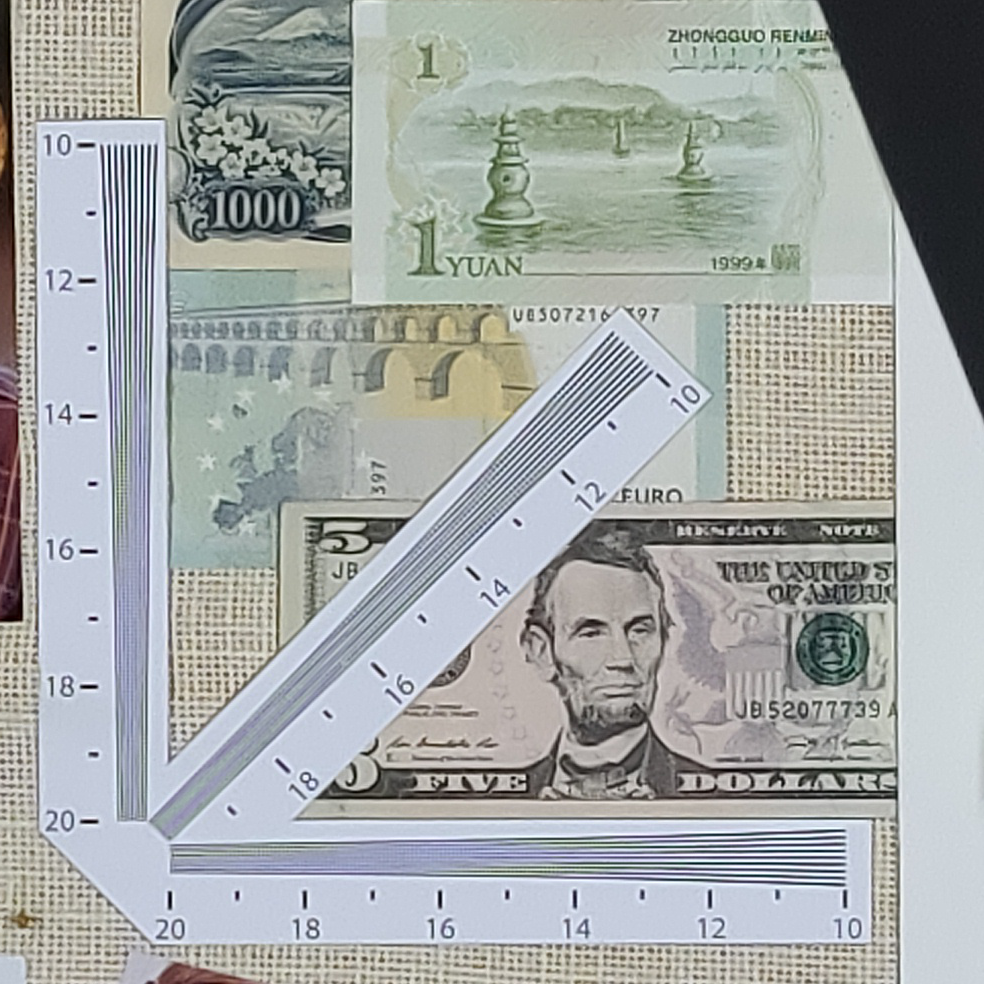
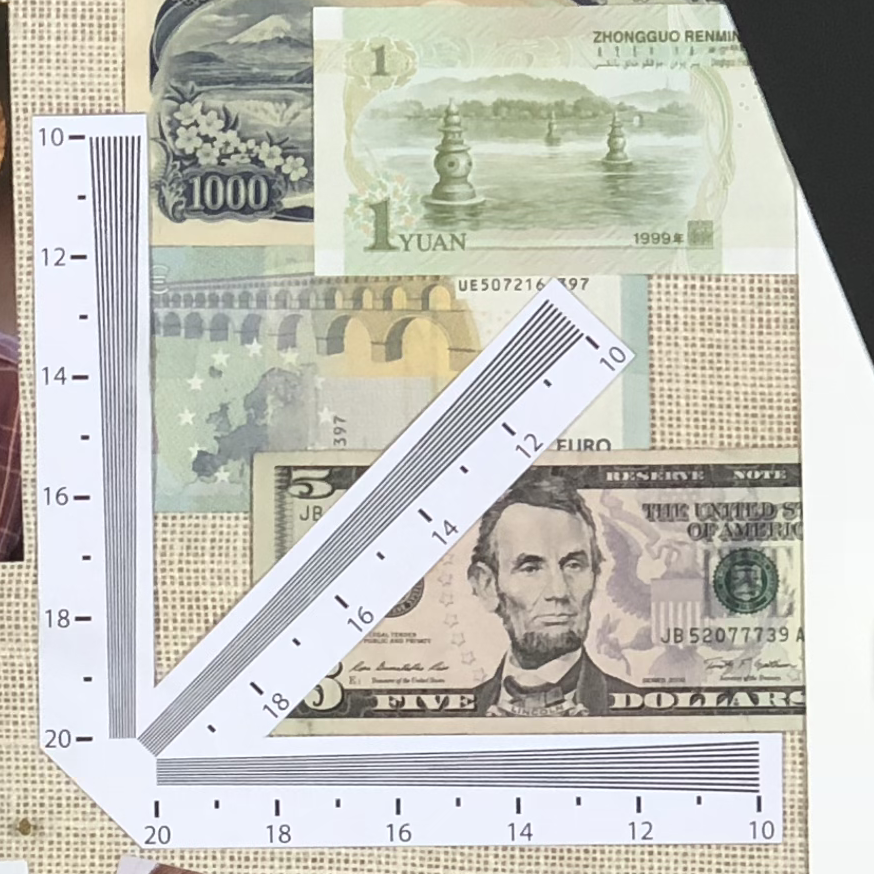
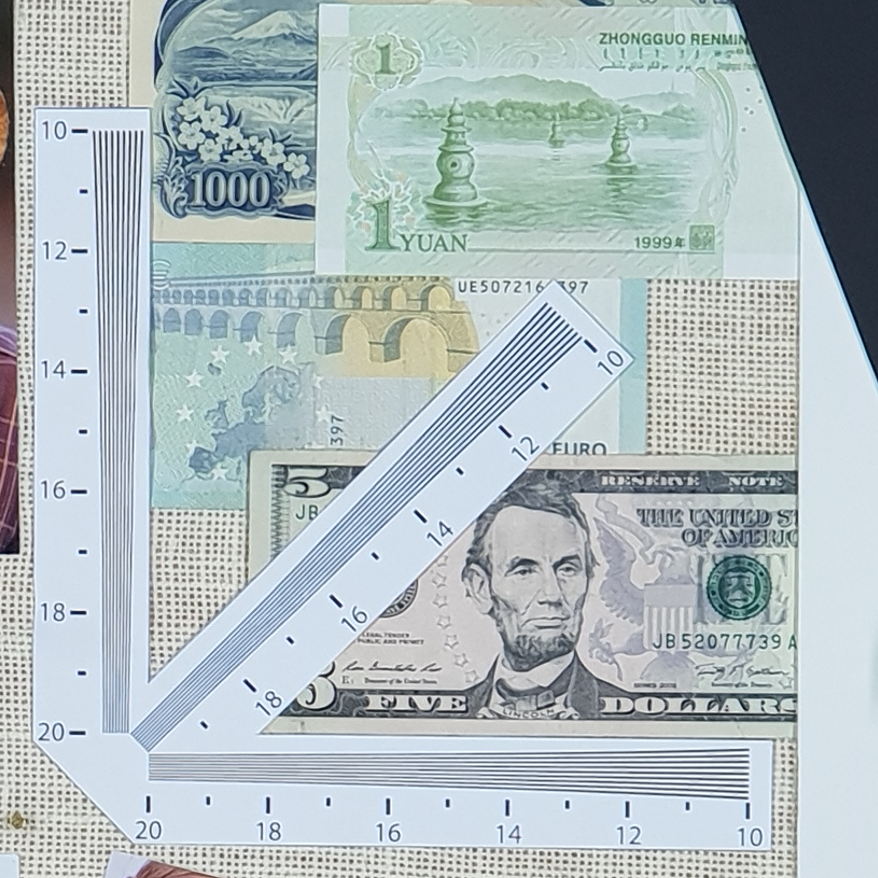





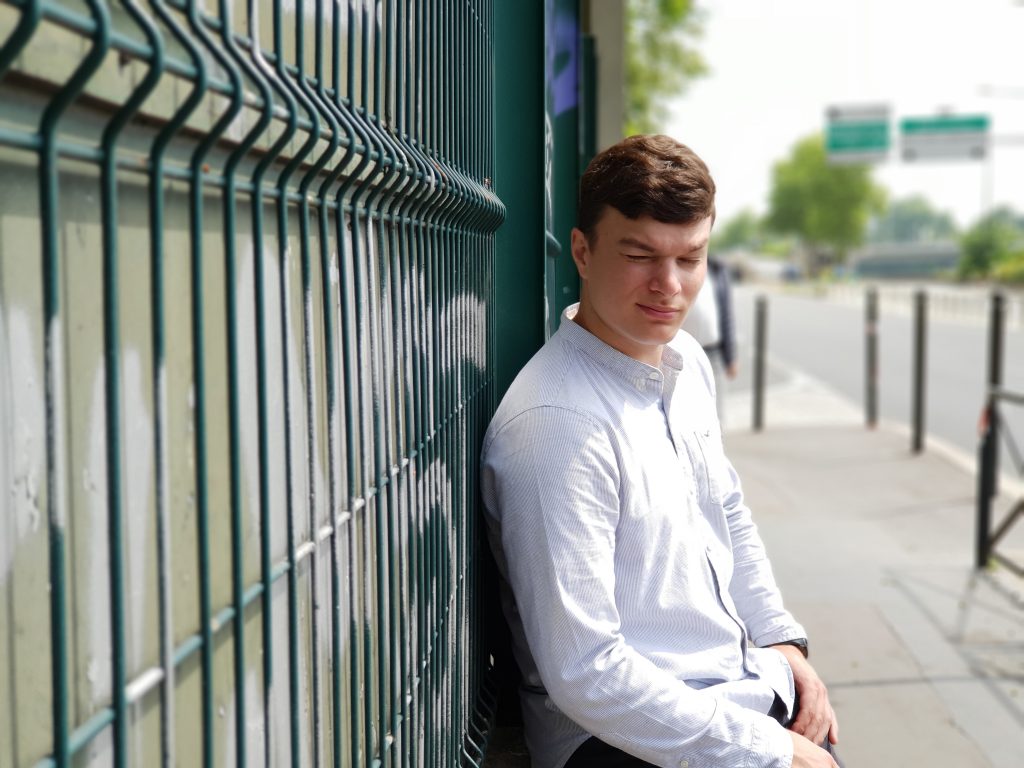





DXOMARK encourages its readers to share comments on the articles. To read or post comments, Disqus cookies are required. Change your Cookies Preferences and read more about our Comment Policy.